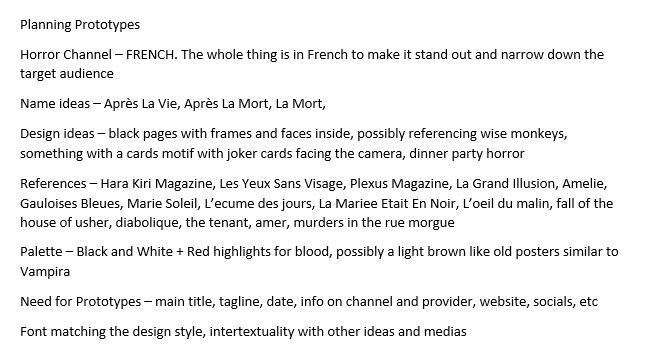timed essay question 5
Explain how
different newspaper audiences might interpret the same content in different
ways. Refer to the front covers below to support your answer.
Newspapers
have a political bias and positioning. They fall under either left or right
wing, and the politics of the paper will determine the way they will present
context in a story. The same stories can be portrayed in different ways by
newspapers with different political points of view. If the audience do not
agree with the politics of the newspaper, then they would not likely purchase
and read the articles in the newspaper. If they are not reading the paper, they
are not cultivating the views demonstrated. Readers of a newspaper will
interpret one story in a different way depending on the way the newspaper
chooses to present the story.
In the Daily
Mail cover, Britain is portrayed as good, with Europe being presented as the
oppositional evil. This binary opposition makes sense with the right-wing
ideology that fuels the Daily Mail. The same story in a left-wing publication
would likely comment on the xenophobic views that plague politics and to call
for a more unified world. This theming of globalism vs nationalism is a common
point of debate between the two political wings, meaning it is therefore understandable
that these ideologies are pushed throughout the publications. The audience do
not dictate their personal reading of the story; the newspaper decides how their
stories will be dictated to the audience. A right-wing publication does not aim
to provide the left-wing audience with engaging stories that fuel them political,
and vice-versa. The use of the phrasing ‘our election; further pushes the
narrative of Britain being its own self-sustaining nation, and that it does not
need – nor want – interventions from Europe. Being related to Brexit, the Daily
Mail are going to support it and provide their audience (who are likely also
supportive of Brexit) with validation of the beliefs that the publication has
consolidated in them.
The Mirror
appeals to a left-wing ideology, and so left-wing audiences will be the ones
more likely to purchase the paper. The front cover uses binary opposition
between the United States and a common enemy, regardless of whether you are
left or right wing aligned. The enemy is seen as an enemy to democracy and
western life, so they are portrayed as villains regardless of personal
politics. Though The Mirror is a left-wing publication, it does not promote
either ideology. Instead, it promotes a more global, western ideology, and that
the enemy are aiming to destroy the west. The protection of western civilisation
is therefore seen as priority over the specifics of left vs right.
If an
audience were to read either publication without prior political alignment, then
they are likely to absorb the views that are being fed to them through the
articles and narratives. A reader of the Daily Mail will cultivate
anti-European views, since the cover of the paper places the publication at a
point where those views are expected. A Daily Mail reader is not going to read
the articles and then cultivate left leaning views. A reader of The Mirror is
likely to cultivate left-wing views over time, but looking at the provided
cover, a reader would be more likely to take a nationalist/westernist approach.
Going against the common left-wing globalist ideology. The implications of this
are that The Mirror takes the safety of western society more seriously than
leftist agendas, and that Daily Mail may not need to give up their political
views to comment on a serious issue.
In
conclusion, readers are not able to decide how they receive a newspaper
article, instead the publishers are the ones who control the portrayals.
Right-wing publications provide stories that fuel their own political ideology,
cultivating the same views in their readers, the same way that the left does
it. Leftists are not going to read right wing publications to provide
supportive responses, and right-wing audiences are not going to respond to
left-wing publications in a way which aligns with the ideologies of the
newspaper.


Comments
Post a Comment